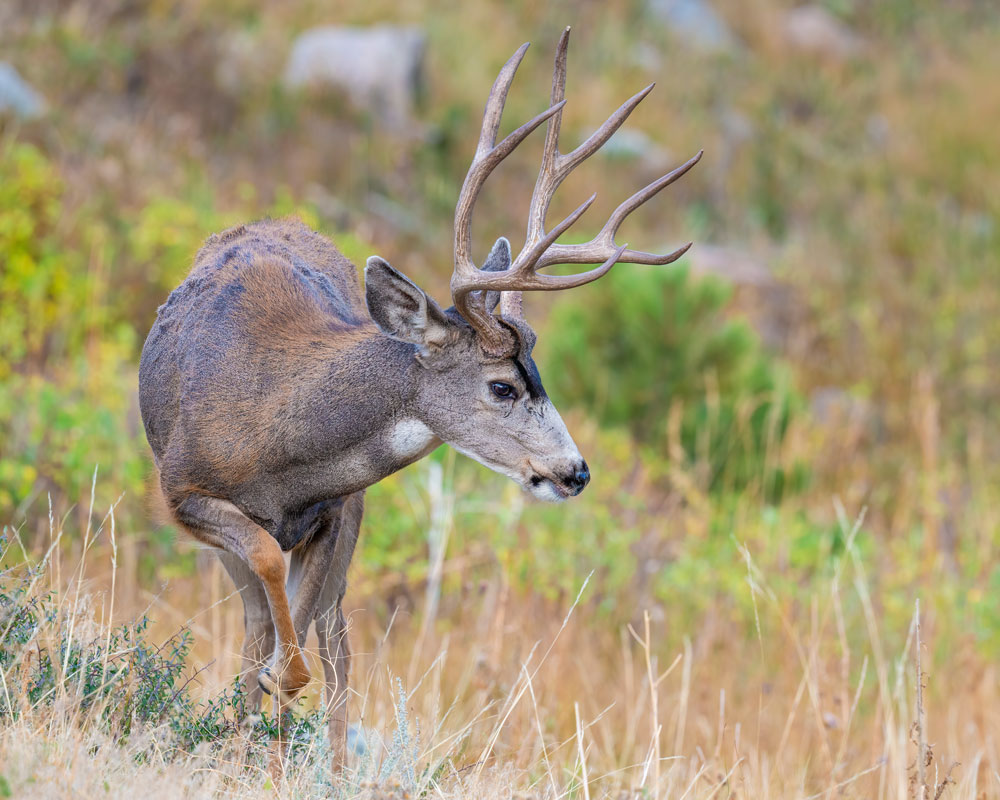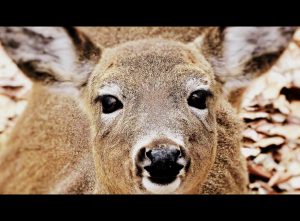In an effort to strike some sort of a balance between encouraging deer population growth and maintaining hunting opportunities, the North Dakota Game and Fish Department is making massive cuts to available deer tags this fall.
With one of the worst (and longest) winters on record now behind them, state wildlife officials have assessed the damage and are making the tough call on available tags.
“The severity of winter conditions this year was record-setting, particularly in the eastern half of the state,” state Wildlife Chief Casey Anderson said. He added that “Conservative license allocations are intended to maintain hunting opportunities while continuing to encourage (deer) population growth.”
With hopes of releasing upwards of 76,000 tags this year, the department fell well short of that goal based on field data. The state announced last week that it would make 53,400 deer licenses available for the 2023 season – a far cry from the near 150,000 tags that were available in 2007.
Since that time, the mule deer population in North Dakota has been in steady decline. Issues such as habitat loss, consecutive harsh winters and outbreaks of both chronic wasting disease (CWD) and epizootic hemorrhagic disease (EHD) sent deer population numbers into a tailspin.
According to the state’s wildlife chief, there are two factors that will ultimately determine the success or failure of the state’s attempt to revitalize the herd: weather and habitat.
“The biggest thing is, Mother Nature is going to need to give us some help,” he said. “We get another winter like this and we’ll be struggling as far as wildlife goes. But really it’s habitat — habitat is going to tell you how fast they bounce back.”
With energy development and changing farming practices, the state faces an uphill battle when it comes to preserving vital habitat for mule deer. With Conservation Reserve Program contracts continuing to expire, federal funding once used to preserve prime habitat is no longer available. Upwards of 70% of CRP protected habitat in the eastern region of North Dakota has been lost over the past two decades.
“If CRP contracts continue to expire, by 2026, 85% of the once 3.4 million acres that were present in 2007 will be lost,” Anderson said.
With eyes focused on the future, the battle for sustainable habitat is one that state officials can control. While they and the state’s deer are subject to the wrath of Mother Nature, the focus remains on habitat creation and protection to help the herd bounce back.




